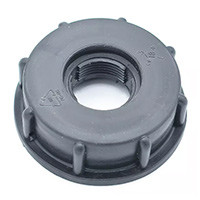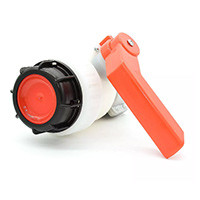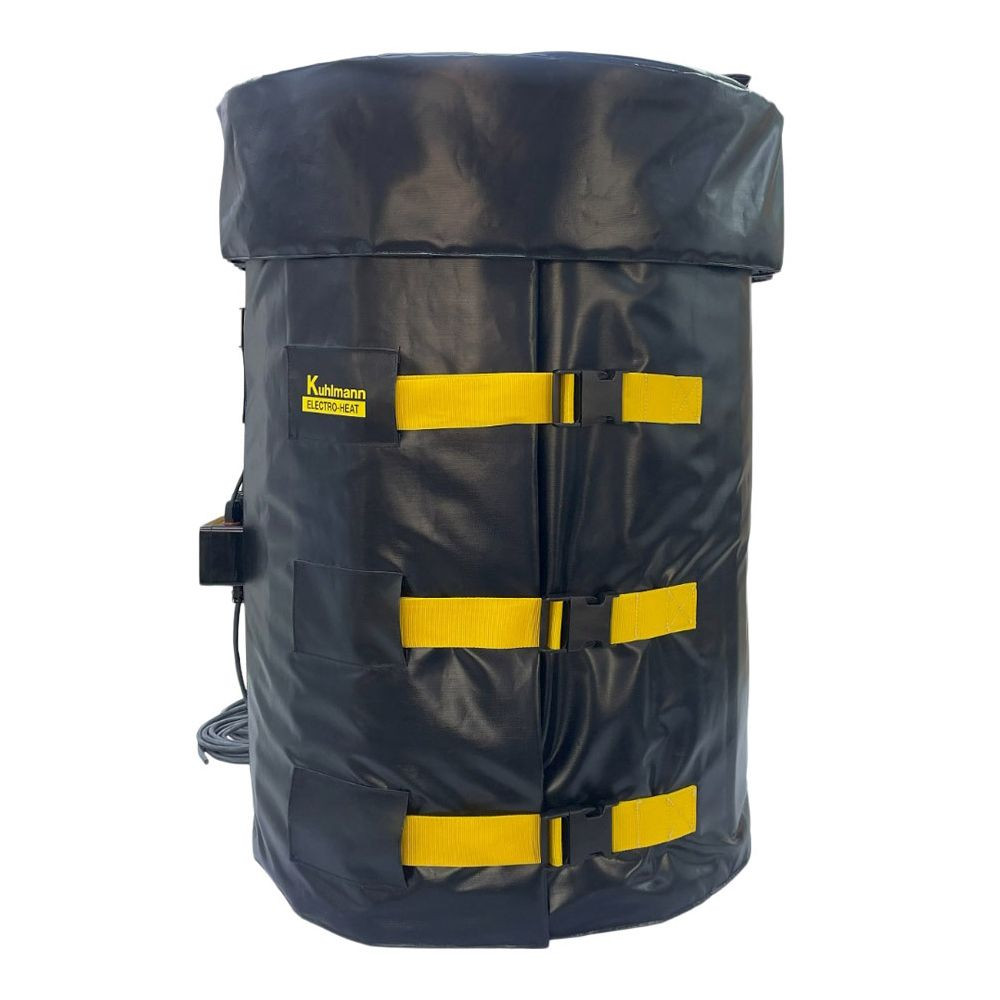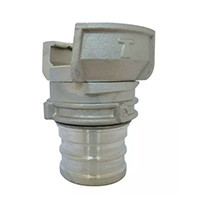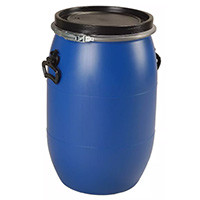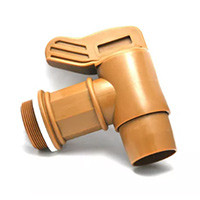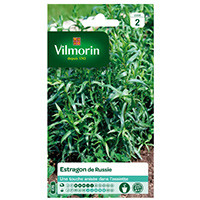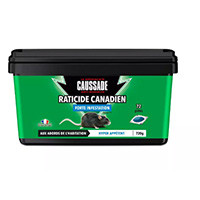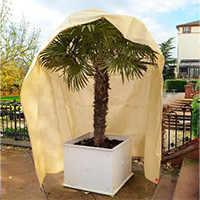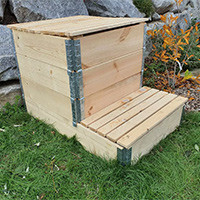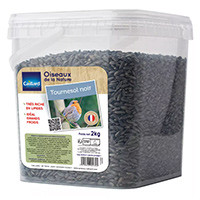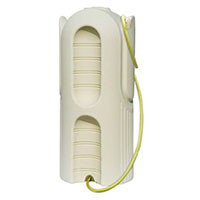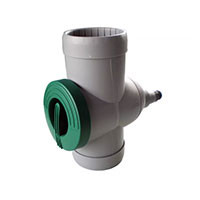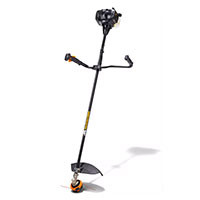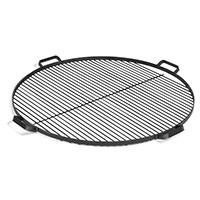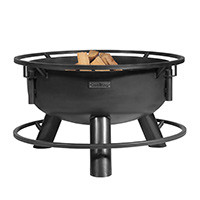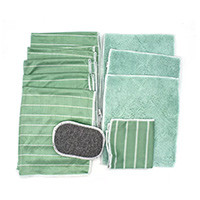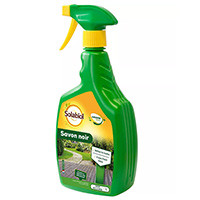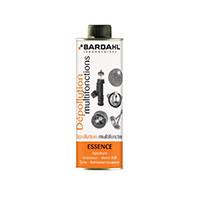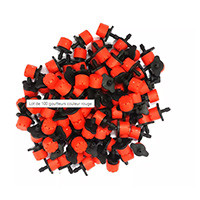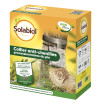
Understanding and Fighting Processionary Caterpillars
Table of Contents
Presentation of processionary caterpillars and their geographical distribution
Processionary caterpillars, known scientifically as Thaumetopoea pityocampa, are a matter of growing concern due to their impact on forest ecosystems and human health. These insects, mainly found in Mediterranean regions, have spread over the years to northern Europe, especially in France, Spain and Italy. Their habitat now extends to more temperate regions, a phenomenon likely exacerbated by climate change. Processionary caterpillars get their name from their characteristic behaviour of moving in long lines, which is particularly noticeable when they leave their nests to feed. These insects are particularly known for their stinging hairs, which pose a danger to humans and animals, causing allergic reactions and irritation. Their proliferation therefore poses a major challenge, both from the point of view of public health and the preservation of forest areas.
The life cycle of processionary caterpillars begins with the laying of eggs by female moths on the branches of pine trees, their main host. These eggs usually hatch in late summer, releasing the caterpillars that begin to build silky, resilient nests for the winter. In the spring, after spending the winter feeding on pine needles, these caterpillars begin their most recognizable phase: the procession. They move in long lines, spinning, in search of suitable soil to bury themselves and begin their metamorphosis into a chrysalis. This processional phase is crucial, as it is during this phase that the caterpillars are most exposed and therefore potentially dangerous due to their stinging hairs. After several weeks, they emerge from the ground as butterflies, ready to continue the cycle. This unique processional adaptation is a defense mechanism against predators, thus strengthening the survival of the species.
Identification of processionary caterpillars
Physical description of the caterpillars.
Processionary caterpillars have distinctive physical characteristics that make them easy to identify. In their larval stage, they are about 3 to 4 cm long and vary in colour from grey to brown, sometimes with darker shades. Their bodies are covered with fine, dense hairs, organized in tufts, which give them a hairy appearance. These hairs, although tiny, are of paramount importance because they contain toxins that can cause allergic reactions. A distinguishing feature of processionary caterpillars is the presence of darker longitudinal stripes on the back, contrasting with lighter flanks. Their heads are black and quite pronounced. These physical peculiarities are not only aesthetic; They play a crucial role in their survival, allowing them to effectively camouflage themselves in their environment and protect themselves from predators with their stinging hairs.
Their natural habitat and signs of their presence.
Processionary caterpillars find their natural habitat primarily in pine forests, their preferred food source, although they can also prey on other tree species such as cedars and oaks. They prefer environments where the temperature is mild and winters are not too harsh, which explains their abundance in Mediterranean regions. The signs of their presence are quite distinctive and easily spotted. The most obvious is the presence of silky, whitish nests clinging to the branches of trees, often at considerable heights. These nests, woven by caterpillars to protect themselves during the winter, have a cottony texture. Another notable clue is partial or total defoliation of infested trees, resulting from intensive feeding of caterpillars on needles. In addition, the presence of small streaks of black droppings and hair remnants on the ground may also signal the recent presence of processionary caterpillars in the area.
Life Cycle and Behavior
Details on the life cycle of caterpillars: from egg to butterfly
The life cycle of the processionary caterpillar begins with the laying of eggs by the female moth. These eggs, deposited in large groups on the branches of trees, will hatch after about a month. The young caterpillars that emerge feed on the needles of the host tree, going through several stages of growth, called instars. During these phases, they moult several times, gradually increasing in size. As winter approaches, they weave a common nest to protect themselves from the cold and predators. In spring, after completing their growth phase, the caterpillars leave their nests in procession to bury themselves in the soil where they transform into chrysalises. After a metamorphosis period that lasts a few weeks, the adult butterfly emerges, ready to begin the reproductive cycle. This complete cycle, from egg to butterfly, illustrates the species' remarkable ability to adapt and survive in a variety of environments.
Social behaviour and reason for travelling in procession.
The social behaviour of processionary caterpillars is particularly fascinating and crucial for their survival. Their movement in procession, from which they take their name, is a unique and strategic phenomenon. These processions usually form in the spring, when the caterpillars, having reached their last larval stage, leave their nests to burrow into the soil. Their movement in single file, with each track following the previous one very closely, is a collective defense tactic. This behavior minimizes their exposure to predators, as the procession, by moving as a single entity, gives the illusion of a larger, more intimidating animal. In addition, this method of movement allows them to conserve moisture and orient themselves more efficiently to a place conducive to their burial. The ability of these caterpillars to coordinate so precisely illustrates a complex form of communication and cooperation within the species.
Ecological impacts and health hazards
Effects on forest ecosystems and biodiversity.
Processionary caterpillars have a significant impact on forest ecosystems and biodiversity. Their intensive feeding on the needles of trees, mainly pines, can lead to severe defoliation. This loss of foliage weakens trees, making them more susceptible to disease and infestations of other pests. In some cases, it can even lead to the death of trees. The reduction in forest cover affects the ecological balance, disrupting the habitats of many other animal and plant species. In addition, the presence of these caterpillars and their stinging hairs limits the use of forest areas by wildlife, including pollinating insects and birds. This can have a cascading effect, altering food chains and essential ecological processes like pollination. Thus, the proliferation of processionary caterpillars not only poses a public health problem, but also poses a serious threat to the health and diversity of forest ecosystems.
Risks to human and animal health due to stinging hairs.
The stinging hairs of processionary caterpillars represent a major health risk for humans and animals. These hairs, released when threatened, contain a toxin called thaumetopoein, which can cause severe allergic reactions. In humans, contact with these hairs can lead to various symptoms such as rashes, itching, eye and respiratory irritation, and even more severe allergic reactions in sensitive individuals. Animals, especially dogs, are also vulnerable to this hair. Ingestion or simple contact can cause similar symptoms, sometimes with more serious complications such as inflammation, difficulty breathing or eye damage. The severity of symptoms depends on the individual's sensitivity and exposure to body hair. Caution is therefore advised in infested areas, and preventive measures, such as avoiding risk areas and wearing protective clothing, are recommended.
Management and control of processionary caterpillars
Prevention and control methods.
To control and prevent the proliferation of processionary caterpillars, various methods are used. One of the most effective is the use of pheromone traps to capture male butterflies, reducing reproduction. Another strategy is to spray biological insecticides, such as the bacterium Bacillus thuringiensis, which is specifically toxic to caterpillars without harming other species. Pruning and destruction of nests in winter is also practiced, although this should be done carefully to avoid contact with stinging hairs. For high-value trees or in residential areas, targeted chemical treatments can be used, but they require professional handling due to their potential toxicity. In addition, planting tree species that are less attractive to these caterpillars can help reduce their presence. These methods, combined with regular monitoring of caterpillar populations, help to limit their negative impact on the environment and public health.
Debate on ecological versus chemical approaches.
The debate on ecological versus chemical approaches in the management of processionary caterpillars raises important questions about environmental impact and sustainability. Eco-friendly methods, such as the use of pheromone traps and natural predators such as certain bird and insect species, are favored for their low impact on the ecosystem. These methods aim to maintain the natural balance while controlling caterpillar populations. On the other hand, chemical treatments, although effective in the short term, are criticized for their potentially harmful effects on other non-target species and the environment. The use of pesticides can disrupt biodiversity and lead to caterpillar resistance. This debate highlights the need for an integrated approach, combining sound ecological and chemical tactics, adapted to local conditions, and focused on long-term prevention rather than immediate response to infestations.
The future of processionary caterpillar control
Ongoing research and new management strategies.
Ongoing research on processionary caterpillars focuses on the development of new management strategies that are more efficient and environmentally friendly. Scientists are exploring innovative solutions such as the use of drones to identify and treat infested areas, allowing for rapid and targeted intervention. Another avenue of research involves the application of biological control, including the use of parasitic nematodes or entomopathogenic fungi, which can infect and kill caterpillars without harming other organisms. In addition, genetic studies are being conducted to understand the resistance of caterpillars to different treatments, in the hope of developing more effective methods. Researchers are also interested in the impact of climate change on caterpillar spread, in order to adapt management strategies to new environmental conditions. These innovative approaches aim to strike a balance between controlling infestations and preserving ecosystems.
Future prospects and challenges.
Faced with the expansion of processionary caterpillars, the prospects for the future and the challenges to be met are considerable. A major challenge is the adaptation of management strategies to rapidly changing climatic conditions, which favour the spread of these insects to new regions. This requires ongoing monitoring and increased collaboration between researchers, local authorities and communities to share knowledge and resources. Another challenge is to raise public awareness of the risks associated with processionary caterpillars and the means of prevention. It is also essential to continue research to develop sustainable and environmentally responsible solutions, while assessing the effectiveness and long-term impacts of current methods. Finally, the integration of ecological approaches into forest management plans and the promotion of biodiversity will be crucial to reduce the attractiveness of habitats to caterpillars and strengthen the resilience of forest ecosystems.
Conclusion
Processionary caterpillars, a scourge on forest ecosystems and public health, present complex challenges. Their life cycle, from egg to butterfly, processional behavior, and natural habitat require a thorough understanding for effective management. The risks to human and animal health due to their stinging hairs require vigilance and prevention. Control methods vary, ranging from ecological approaches, such as pheromone traps, to more direct strategies, such as the use of insecticides. However, the debate persists about the balance between efficiency and environmental impact. Current research aims to develop innovative strategies, while the future calls for climate change adaptations and increased awareness. It is essential to recognize the importance of this issue and to act collectively. Collaboration between researchers, authorities and communities is crucial for sustainable and environmentally friendly management, thus minimising impacts on biodiversity and health.
Share this content





